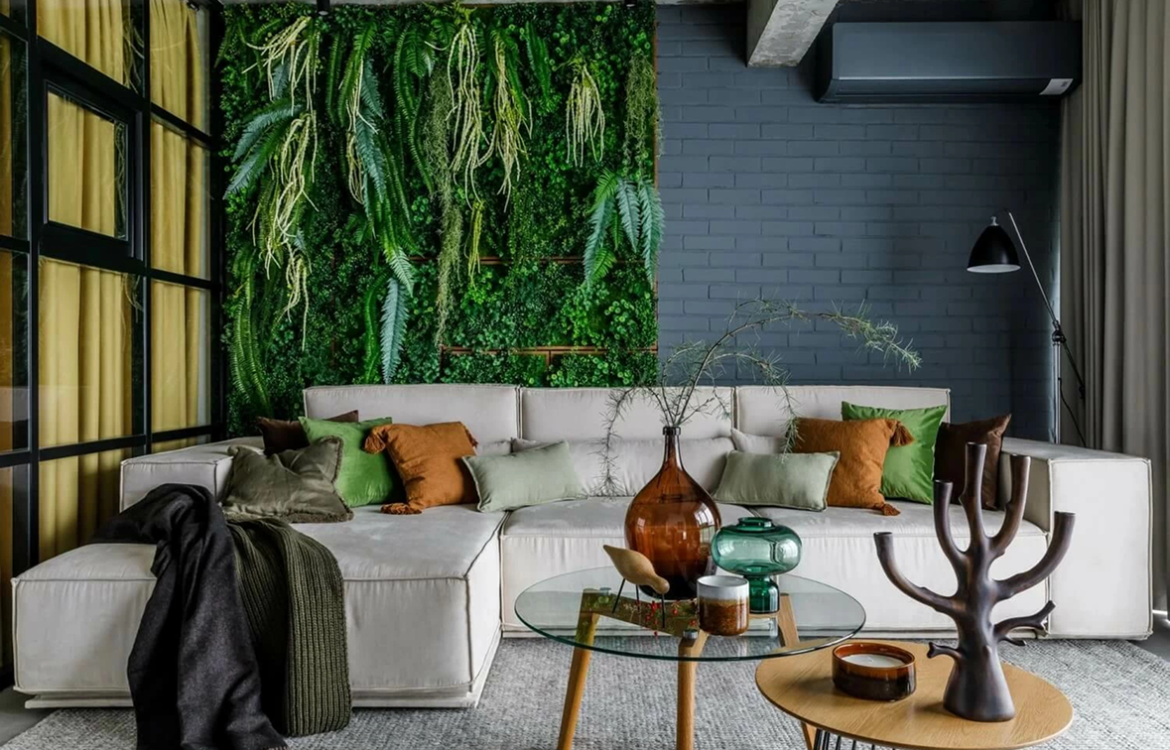In recent years, the United Kingdom has witnessed a growing interest in biophilic design — an architectural and interior design approach that reconnects people with nature within built environments. As urban living intensifies and the UK faces challenges related to mental health and wellbeing, incorporating natural elements indoors is proving to be more than just an aesthetic choice. It is a strategic response to improve mood, productivity, and overall quality of life.
Advertising
What Is Biophilic Design?
Biophilic design is rooted in the concept of biophilia, a term coined by biologist Edward O. Wilson, referring to humans’ innate affinity for nature. This design philosophy goes beyond adding plants to a room; it intentionally integrates natural shapes, materials, light, air quality, water features, and views of nature to create spaces that nurture physical and psychological health.
In the UK context, biophilic design is gaining traction in homes, offices, schools, and healthcare facilities, reflecting a broader shift towards sustainable and health-conscious living.
The Science Behind Biophilic Design
Numerous studies support the benefits of exposure to nature and natural elements indoors:
-
Stress Reduction: Natural light, greenery, and organic forms have been shown to lower cortisol levels and reduce anxiety.
-
Enhanced Cognitive Function: Access to nature-related stimuli improves concentration, creativity, and memory.
-
Improved Air Quality: Incorporating plants and natural ventilation can reduce indoor pollutants.
-
Faster Healing: Hospitals using biophilic design report quicker patient recovery and less reliance on medication.
These findings align with the UK’s public health goals to promote mental wellbeing and reduce stress-related illnesses.
Key Elements of Biophilic Design in Interiors
1. Natural Light and Views
Maximising daylight through large windows and skylights connects occupants with the outdoor environment. Views of gardens, trees, or even sky can have calming effects. In UK homes, especially in urban areas like London or Manchester, creating these visual connections is vital.
2. Indoor Plants and Green Walls
Incorporating houseplants or living walls introduces greenery that improves air quality and aesthetic appeal. Popular UK plants for interiors include ferns, spider plants, and peace lilies, which thrive indoors and require minimal maintenance.
3. Natural Materials and Textures
Using wood, stone, wool, and natural fibres brings tactile and visual warmth. Exposed brickwork, reclaimed wood flooring, and linen fabrics are common biophilic elements in British interior design.
4. Water Features
Small indoor fountains or aquariums provide soothing sounds and visual movement, enhancing the sensory experience. In offices, these features can create tranquil zones for relaxation.
5. Organic Shapes and Patterns
Curved furniture, leaf motifs, and fractal patterns mimic natural forms, creating harmony and reducing stress. British designers often incorporate these subtly to blend tradition with innovation.
6. Air Quality and Ventilation
Biophilic design emphasises fresh air through natural ventilation and air-purifying plants, combating the UK’s urban pollution challenges.
Applications in UK Interiors
-
Residential Spaces: UK homeowners increasingly integrate biophilic elements to counteract the stresses of city living. Compact balconies and window boxes become mini green sanctuaries, while open-plan living areas maximise natural light.
-
Workplaces: Companies like Google UK and Innocent Drinks have adopted biophilic design to boost employee wellbeing and creativity. Incorporating plants, natural materials, and daylight improves morale and reduces absenteeism.
-
Healthcare: Hospitals such as Guy’s and St Thomas’ in London feature gardens and nature-inspired interiors to promote patient recovery and staff wellbeing.
-
Education: Schools embrace biophilic design to create stimulating learning environments that support attention and reduce behavioural issues.
Challenges and Considerations
Implementing biophilic design in the UK faces obstacles:
-
Space Limitations: Urban flats often have restricted room for large plants or water features.
-
Climate: The UK’s variable weather can limit natural light, requiring innovative lighting solutions.
-
Maintenance: Live plants and water features require upkeep, which may deter some users.
-
Cost: High-quality natural materials and design consultation can increase budgets.

